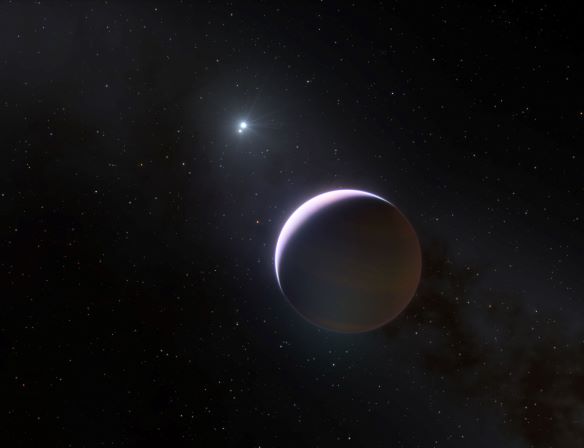APS Round Robin Colloquium
Please join us for a very special Round Robin Colloquium. For those of you who are unfamiliar, for the Round Robin Colloquium, all members and affiliates of the APS department who are able are invited to add a slide to the slide deck and will have one minute to introduce themselves to the department. This is a great way to get to know everyone in the huge and fabulous APS department.
As usual, please join us in the APS office at 11:45 for coffee, snax, and fun.




